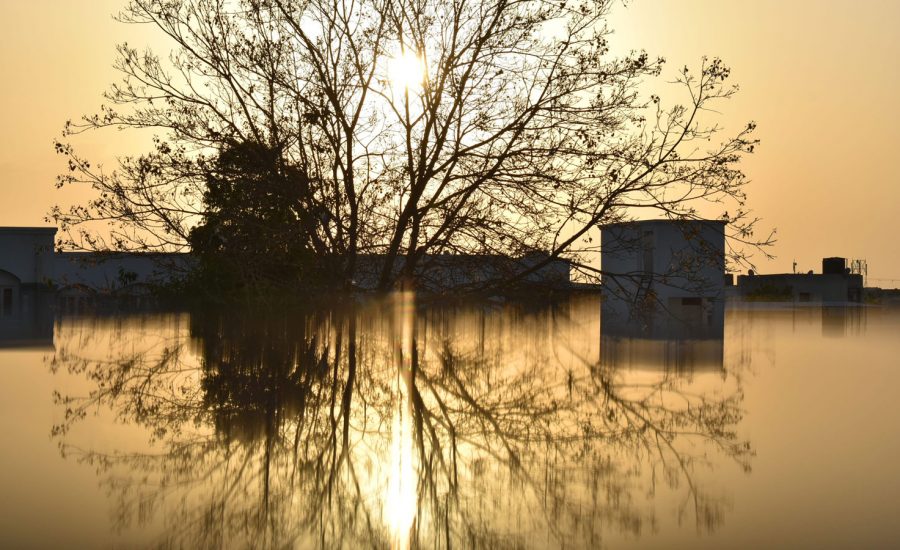Do I need flood insurance?
There's more to it than if you live in a flood-risk area in Canada. Here's some information to help you decide whether you need flood insurance or not.
Advertisement
There's more to it than if you live in a flood-risk area in Canada. Here's some information to help you decide whether you need flood insurance or not.

Share this article Share on Facebook Share on Twitter Share on Linkedin Share on Reddit Share on Email